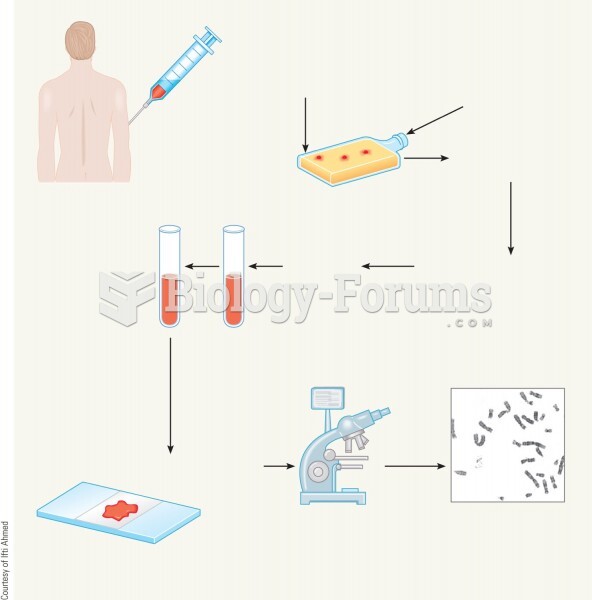Answer to Question 1
Answer: FALSE
Answer to Question 2
Answer: An individual is likely to resist change for the following reasons: uncertainty, habit, concern over personal loss, and the belief that the change is not in the organization's best interest.
Change replaces the known with uncertainty. For example, when quality control methods based on sophisticated statistical models are introduced into manufacturing plants, many quality control inspectors have to learn the new methods. Some inspectors may fear that they will be unable to do so and may, therefore, develop a negative attitude toward the change or behave poorly if required to use them.
Another cause of resistance is that people do things out of habit. Every day, when going to work, people probably go the same way, whether walking, driving, or using mass transit. Usually, they find a single approach and use it regularly. People do not want to have to consider the full range of options for the hundreds of decisions they make every day. To cope with this complexity, they rely on habits or programmed responses. But when confronted with change, their tendency to respond in their accustomed ways becomes a source of resistance.
The third cause of resistance is the fear of losing something already possessed. Change threatens the investment people have already made in the status quo. The more that people have invested in the current system, the more they resist change. They fear the loss of status, money, authority, friendships, personal convenience, or other economic benefits that they value. This is why older workers tend to resist change more than younger workers. Older employees have generally invested more in the current system and thus have more to lose by changing.
A final cause of resistance is a person's belief that the change is incompatible with the goals and interests of the organization. For instance, an employee who believes that a proposed new job procedure will reduce product quality or productivity can be expected to resist the change. If the employee expresses his or her resistance positively, this actually can be beneficial to the organization.







